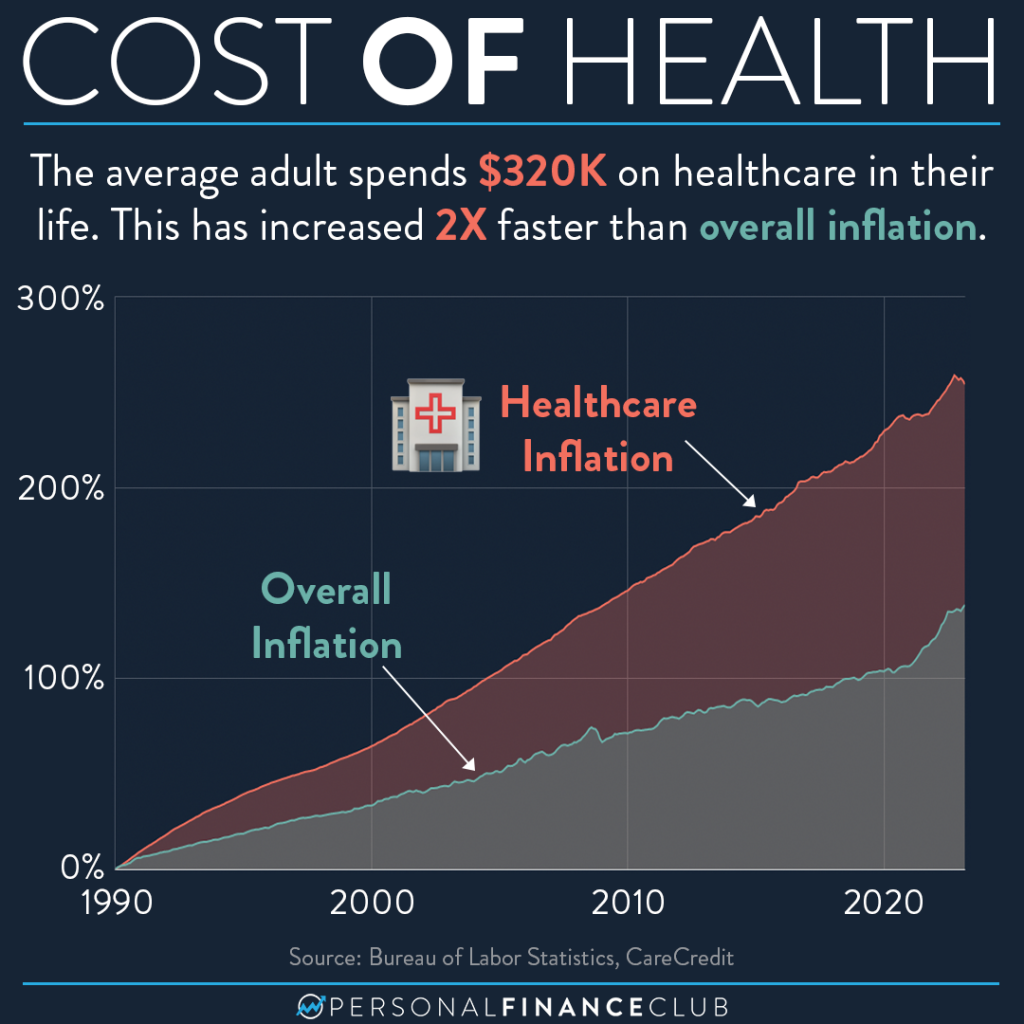The Value of Healthcare RCM in Enhancing Capital and Effectiveness
The Value of Healthcare RCM in Enhancing Capital and Effectiveness
Blog Article
A Comprehensive Overview on How Healthcare RCM Functions to Simplify Billing and Collections
Navigating the intricacies of medical care earnings cycle monitoring (RCM) is vital for companies intending to improve their payment and collections procedures. The overview unpacks the intricacies of RCM, from patient enrollment to accounts receivable administration, offering understandings right into optimizing each step. Integrating sophisticated technology and standard procedures can significantly decrease insurance claim denials and accelerate payment cycles. Yet, real challenge hinges on seamlessly combining these elements to improve capital. As we check out the core elements and strategies that drive efficiency, one concern remains: exactly how can medical care entities finest position themselves to thrive monetarily in an ever-evolving industry?
Recognizing Income Cycle Administration
Understanding the details of Revenue Cycle Administration (RCM) is essential for healthcare companies intending to optimize their financial efficiency. RCM is a vital management feature that encompasses the whole financial process of patient care, from the first consultation readying to the final repayment of the equilibrium. It is a complex procedure created to determine, accumulate, and handle the profits from the solutions offered to people. Reliable RCM makes certain that doctor receive exact and prompt repayments, reducing the threat of profits loss and boosting capital.
The RCM process begins when a patient timetables a consultation and extends with the individual's treatment journey, including invoicing and collections. An essential purpose is to lower the time in between offering a solution and receiving payment, thus boosting the company's economic wellness. RCM includes various features such as person registration, insurance policy confirmation, charge capture, coding, asserts submission, repayment uploading, and taking care of allures and rejections.
Secret Parts of RCM
In the world of Earnings Cycle Management (RCM), comprehending its key elements is essential to accomplishing monetary performance within health care companies. RCM is an extensive procedure that incorporates numerous stages, each vital to ensuring reliable payment and collections. The primary parts consist of person enrollment, insurance coverage verification, charge capture, coding, claim entry, repayment publishing, and accounts receivable administration.


As soon as coded, insurance claims are submitted to payers, where precision is vital to stay clear of hold-ups or rejections - Healthcare RCM. Repayment posting involves taping the received settlements, which enables for the reconciliation of accounts. Lastly, accounts receivable administration focuses on monitoring and dealing with unsettled cases, ensuring timely follow-up and resolution
Each element of RCM is interconnected, and inadequacies in any component can disrupt the whole cycle. As a result, understanding these aspects is essential for health care companies to optimize income and improve their monetary health and wellness.
Approaches for Effective Payment

Systematizing billing treatments across the company is one more crucial strategy. Developing clear standards for documents, coding, and submission helps keep consistency and compliance with governing requirements. Educating team routinely on these procedures makes certain every person is up-to-date with the get redirected here current adjustments in billing codes and payer policies.
Precise cost capture is crucial in preventing profits leakage. Carrying out routine audits and surveillance systems enables the identification and correction of discrepancies prior to they influence profits. In addition, keeping open lines of interaction with payers assists to quickly solve any kind of conflicts or misconceptions that may emerge.

Finally, appealing people early in the billing process by giving clear estimates and instructional materials concerning their economic duties can dramatically decrease complication and boost repayment timeliness. These techniques jointly add to an extra effective and economically healthy payment system.
Enhancing Collections Procedures
Given the complexities of clinical billing and the selection of payer requirements, enhancing the collections process involves carrying out strategic actions that guarantee prompt and precise repayment of services made. Automation devices can assist in tracking case standings, sending timely tips to people, and managing denials a lot more successfully.
Educating personnel to comprehend the nuances of insurance policies and billing codes is equally vital. This knowledge equips them to resolve billing disparities swiftly and connect effectively with patients concerning their monetary responsibilities. Moreover, transparent and clear client interactions are critical. Offering in-depth explanations of fees and providing versatile settlement strategies can increase individual contentment and prompt payments.
Regular audits of the collections procedure should be conducted to recognize locations for enhancement and make certain conformity with laws. By examining information, healthcare companies can identify patterns, expect prospective problems, and adjust methods as necessary (Healthcare RCM). Eventually, a well-enhanced collections procedure not just sustains monetary health but likewise adds to a more seamless experience for individuals and staff alike
Optimizing Income Streams
Building upon the structure of a solid collections process, Go Here health care organizations can better strengthen their monetary security by purposefully optimizing income streams. This involves a multi-faceted strategy, starting with an extensive analysis of existing revenue resources to identify inefficiencies and areas for growth. Utilizing innovative information analytics devices enables organizations to acquire insights into payer mix, individual demographics, and solution application patterns, allowing for data-driven decisions that enhance profits capture.
Applying automated payment systems can dramatically decrease mistakes and accelerate insurance claims processing, making certain that profits is accumulated more effectively. Moreover, optimizing payer Healthcare RCM contracts via regular arrangements can enhance repayment rates and terms, straight influencing the bottom line. Branching out service offerings, such as integrating telehealth or health care, can additionally attract a more comprehensive client base, hence enhancing profits possibility.
One more crucial component is improving individual engagement and contentment, as completely satisfied patients are extra most likely to comply with therapy plans and make prompt settlements. Offering versatile payment choices and transparent payment techniques can enhance collections and foster patient commitment. Healthcare RCM. By embracing these approaches, healthcare companies can create an extra resistant financial structure, making certain sustained growth and stability in an ever-changing industry landscape
Final Thought
To conclude, healthcare Revenue Cycle Administration (RCM) plays a vital function in maximizing billing and collections processes by integrating vital parts such as person enrollment, insurance confirmation, cost capture, coding, declares submission, and receivable monitoring. By employing advanced modern technology, systematizing treatments, and cultivating patient engagement, healthcare carriers can considerably minimize claim denials, speed up settlement cycles, and improve capital. This detailed strategy to RCM ultimately results in enhanced economic performance and sustainability for health care companies.
The RCM procedure starts when a patient timetables a consultation and expands via the person's care journey, including payment and collections.Another vital component is improving individual involvement and satisfaction, as completely satisfied patients are more likely to adhere to treatment plans and make timely settlements. Providing adaptable payment options and clear invoicing techniques can enhance collections and foster individual commitment.In final thought, health care Profits Cycle Management (RCM) plays an essential function in enhancing billing and collections processes by incorporating key elements such as patient registration, insurance confirmation, fee capture, coding, asserts entry, and accounts receivable administration. By utilizing sophisticated technology, standardizing procedures, and cultivating individual involvement, health care suppliers can significantly decrease claim rejections, accelerate repayment cycles, and enhance cash money circulation.
Report this page